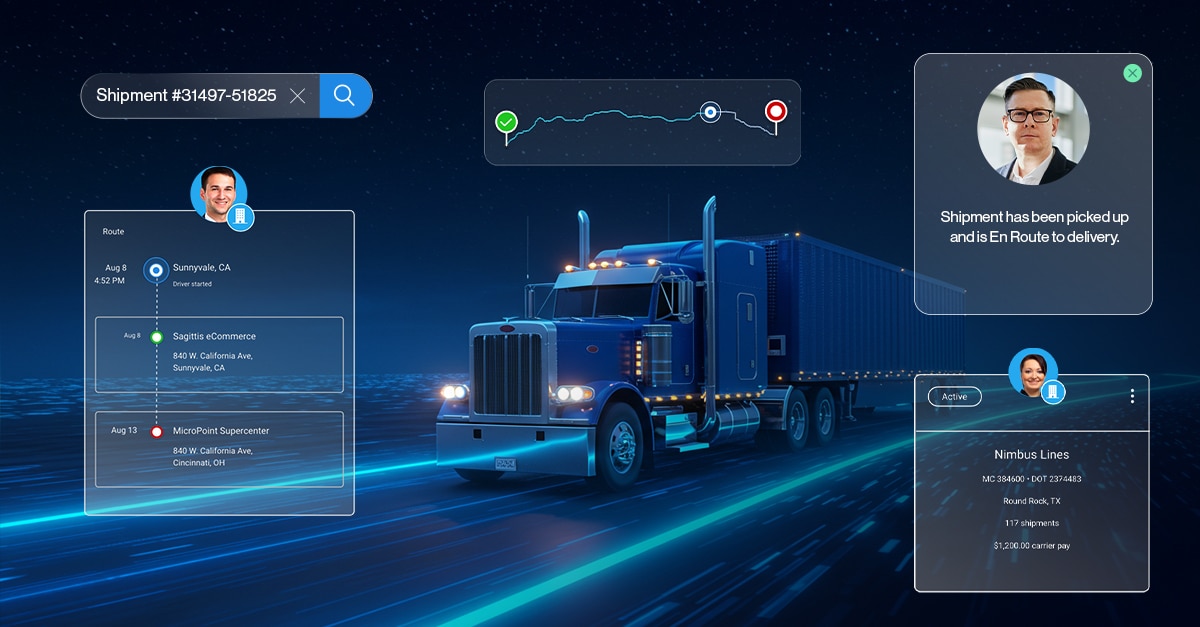Leveraging Technology for Streamlined Warehouse Management
Warehouse management is at the heart of any logistics operation, and as supply chains grow more complex, the need for efficient and streamlined warehouse processes becomes increasingly important. In a fast-paced environment where accuracy, speed, and cost efficiency are critical, technology has emerged as the key to optimizing warehouse operations. From automation to advanced data analytics, modern tools are transforming how warehouses function and enabling businesses to stay competitive in the global marketplace.
This blog explores how leveraging the right technology can streamline warehouse management, reduce errors, and boost productivity, ultimately driving success for businesses.
Automating Repetitive Tasks to Boost Efficiency
One of the most significant ways technology is streamlining warehouse management is through automation. Manual processes, such as picking, packing, and inventory management, can be time-consuming and prone to human error. Automation, through the use of robotics and conveyor systems, can dramatically increase the speed and accuracy of these tasks.
Automated systems can handle repetitive tasks more efficiently than manual labor, freeing up warehouse workers to focus on higher-value activities. For example, robots can quickly retrieve products from shelves, reducing the time it takes to fulfill orders and increasing the overall efficiency of the warehouse. By automating repetitive processes, businesses can significantly improve operational efficiency and reduce labor costs.
Real-Time Inventory Management for Greater Accuracy
Maintaining accurate inventory levels is essential for effective warehouse management, and technology is making it easier than ever to keep track of stock in real time. Modern warehouse management systems (WMS) use barcode scanning, RFID (Radio Frequency Identification), and IoT (Internet of Things) sensors to monitor inventory levels automatically, eliminating the need for manual counting and reducing the risk of stock discrepancies.
Real-time inventory management systems provide businesses with full visibility into their stock levels, ensuring that they can quickly identify shortages or surpluses and adjust their orders accordingly. This not only improves order accuracy but also prevents costly issues like stockouts and overstocking, helping businesses optimize their inventory levels and reduce carrying costs.
Enhancing Data-Driven Decision Making
In addition to automating tasks and improving inventory accuracy, technology provides warehouse managers with valuable data that can be used to make informed decisions. Advanced analytics tools integrated into modern WMS platforms allow businesses to track key performance indicators (KPIs) such as order fulfillment times, labor productivity, and space utilization.
By analyzing this data, businesses can identify bottlenecks in their warehouse operations, optimize workflow processes, and make data-driven decisions to improve overall efficiency. Data analytics also helps businesses forecast demand more accurately, ensuring that warehouses are adequately stocked and prepared for fluctuations in customer demand.
Improving Labor Management and Resource Allocation
Warehouse labor is one of the most significant operational costs for businesses, and effective labor management is crucial for optimizing productivity. Technology enables warehouse managers to track employee performance and allocate resources more efficiently. For example, WMS platforms can provide real-time insights into worker productivity, allowing managers to identify underperforming areas and reallocate labor to meet demand.
Labor management systems can also schedule shifts and assign tasks based on real-time operational needs, ensuring that the right amount of staff is available at all times. By improving labor management and resource allocation, businesses can reduce operational costs and increase overall efficiency.
Enhancing Safety and Reducing Risk
Safety is a top priority in warehouse operations, and technology plays a vital role in reducing workplace risks. Automated systems can handle hazardous tasks, such as lifting heavy loads, reducing the risk of injury for workers. Additionally, technology such as wearable devices and IoT sensors can monitor worker safety, ensuring that employees adhere to safety protocols and reducing the likelihood of accidents.
By improving safety standards through technology, businesses can reduce costly downtime caused by workplace accidents and improve employee morale, creating a safer and more productive work environment.
Leveraging Cloud-Based WMS for Flexibility and Scalability
As businesses grow and expand their operations, they need warehouse management solutions that can scale with them. Cloud-based WMS platforms offer the flexibility and scalability needed to manage warehouse operations across multiple locations. These systems provide real-time access to data from anywhere, allowing warehouse managers to monitor operations remotely and make informed decisions on the go.
Cloud-based platforms are also easier to implement and maintain, reducing the need for costly on-site IT infrastructure. With the flexibility to scale up or down based on operational needs, cloud-based WMS platforms provide businesses with the agility required to adapt to changing market conditions.
The Future of Streamlined Warehouse Management
The future of warehouse management lies in technology. By automating repetitive tasks, improving inventory accuracy, enhancing data-driven decision-making, and optimizing labor management, technology is transforming warehouse operations and enabling businesses to stay competitive in a rapidly evolving market.
As the logistics landscape continues to evolve, businesses that invest in advanced warehouse management technology will be better positioned to streamline their operations, reduce costs, and improve efficiency. Whether through automation, real-time inventory tracking, or cloud-based WMS platforms, technology is key to unlocking the full potential of modern warehouse management.
Ready to streamline your warehouse operations? Discover how Turvo’s platform can help you leverage technology to optimize your warehouse management and drive success. Visit our website to schedule a demo today.









